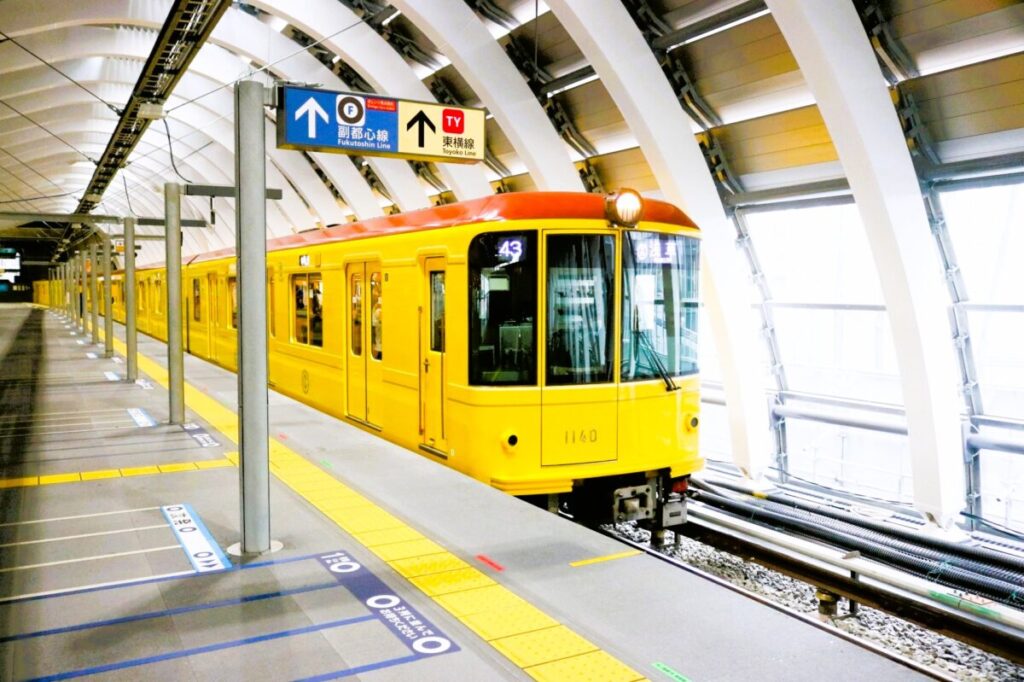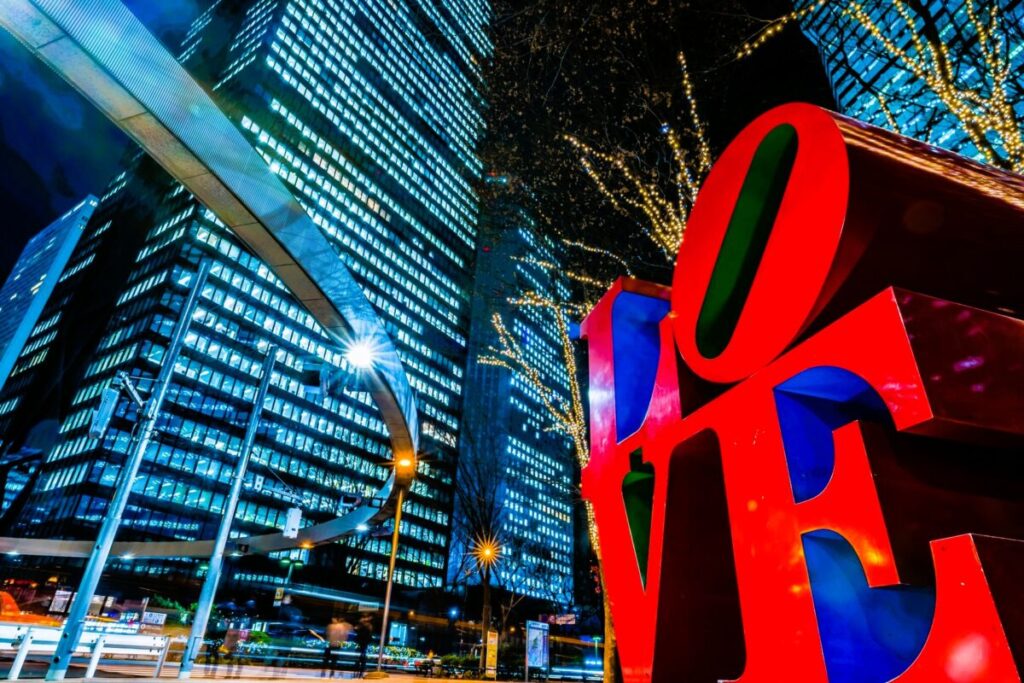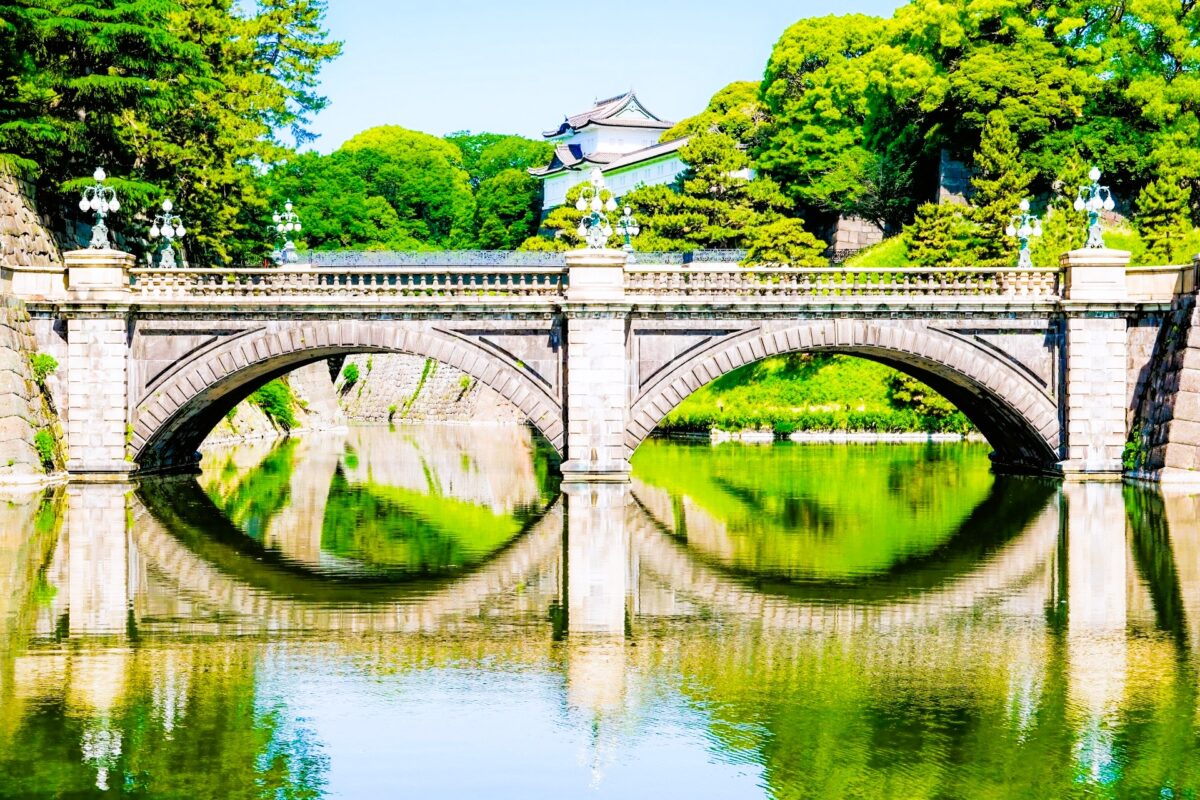Overview
Tokyo’s subway network is one of the fastest, cleanest, and most efficient transportation systems in the world. With more than 280 stations and 13 subway lines operated by Tokyo Metro and the Toei Subway, navigating the system can look complicated—but it becomes simple once you understand the basics. This 2025 guide explains how to move around Tokyo like a local, choose the right tickets, and plan efficient sightseeing routes.

Main Operators and Coverage
Below is a quick comparison of the main operators you’ll use while traveling around Tokyo.
Operator Comparison
| Operator | Number of Lines | Main Coverage Areas |
|---|---|---|
| Tokyo Metro | 9 | Central Tokyo, Shibuya, Ginza, Ueno, Ikebukuro |
| Toei Subway | 4 | Shinjuku, Roppongi, Asakusa, Otemachi |
| JR East (Yamanote Line) | 1 loop line | Major hubs such as Tokyo, Shinjuku, Shibuya, Ueno |
Tokyo Metro and Toei operate separate networks, requiring different tickets unless you use an IC card. JR East runs surface-level lines like the Yamanote Line, which circles major sightseeing districts and is essential for visitors.
Tickets and IC Cards
Here’s a comparison of the most common ways to pay for subway travel.
Ticket Types
| Ticket Type | Price | Validity | Best For |
|---|---|---|---|
| Single Ticket | ¥180~ | One trip | Occasional riders |
| Tokyo Subway 24-hour Ticket | ¥800 | 24 hours (Metro + Toei) | Full-day sightseeing |
| 48-hour / 72-hour Ticket | ¥1,200 / ¥1,500 | 2 or 3 days | Multi-day city explorers |
| IC Card (Suica/PASMO) | ¥500 deposit | Pay-as-you-go | Convenience and transfers |
Tip: IC cards let you travel without worrying about fare differences between Metro, Toei, and JR.
Recommended Tourist Routes
Example Routes
| Route | Time | Cost |
|---|---|---|
| Shinjuku → Asakusa | approx. 38 min | ¥390 |
| Shibuya → Ueno | approx. 27 min | ¥210 |
| Shinjuku → Roppongi | approx. 9 min | ¥220 |
| Shibuya → Akihabara | approx. 30 min | ¥210 |
Travelers with a JR Pass can ride the Yamanote Line for free, making it a useful way to reach Shibuya, Shinjuku, Ueno, and other major spots.

Navigating Transfers and Signs
Tokyo’s stations use multilingual signage (English, Japanese, Chinese, Korean). Each stop has a code, such as “F16” (Fukutoshin Line, Station 16), making transfers easy to follow. Digital screens show upcoming stations, exit directions, and transfer options in multiple languages.
Apps like Google Maps and Japan Travel by NAVITIME provide accurate route suggestions and even recommend the best train car for smoother transfers.
Cost Comparison: JR vs Subway vs Day Pass
Transport Cost Comparison
| Option | Coverage | Cost | Best Value |
|---|---|---|---|
| JR Lines (Yamanote Loop) | Central Tokyo | approx. ¥150–400 | Free with JR Pass |
| Tokyo Metro / Toei Subway | Wider downtown area | approx. ¥180–300 | Ideal for frequent short trips |
| 24-Hour Subway Pass | Unlimited Metro + Toei | ¥800 | Saves money for 3+ stops per day |
If you expect to visit several neighborhoods in one day, a 24-hour pass is usually the cheapest option.

Travel Tips
- Avoid rush hours (7:30–9:30 AM / 5–7 PM).
- Stand on the left side of escalators.
- Free Wi-Fi is available in many stations.
- Recharge IC cards at convenience stores or station machines.
Example 1-Day Subway Itinerary
Suggested Schedule
| Time | Area | Highlights |
|---|---|---|
| Morning | Shibuya | Hachiko, Scramble Crossing |
| Late Morning | Asakusa | Senso-ji Temple |
| Afternoon | Ueno | Museums, Ameyoko Market |
| Evening | Shinjuku | Dinner, nightlife |
Using the ¥800 24-hour ticket, you can enjoy a full day of sightseeing without paying individual fares.
Final Thoughts
Once you understand the lines, color codes, and transfer points, Tokyo’s subway becomes one of the easiest and most efficient transportation systems in the world. Whether you’re visiting ancient temples, neon streets, or modern art museums, the subway gets you there quickly and smoothly.



